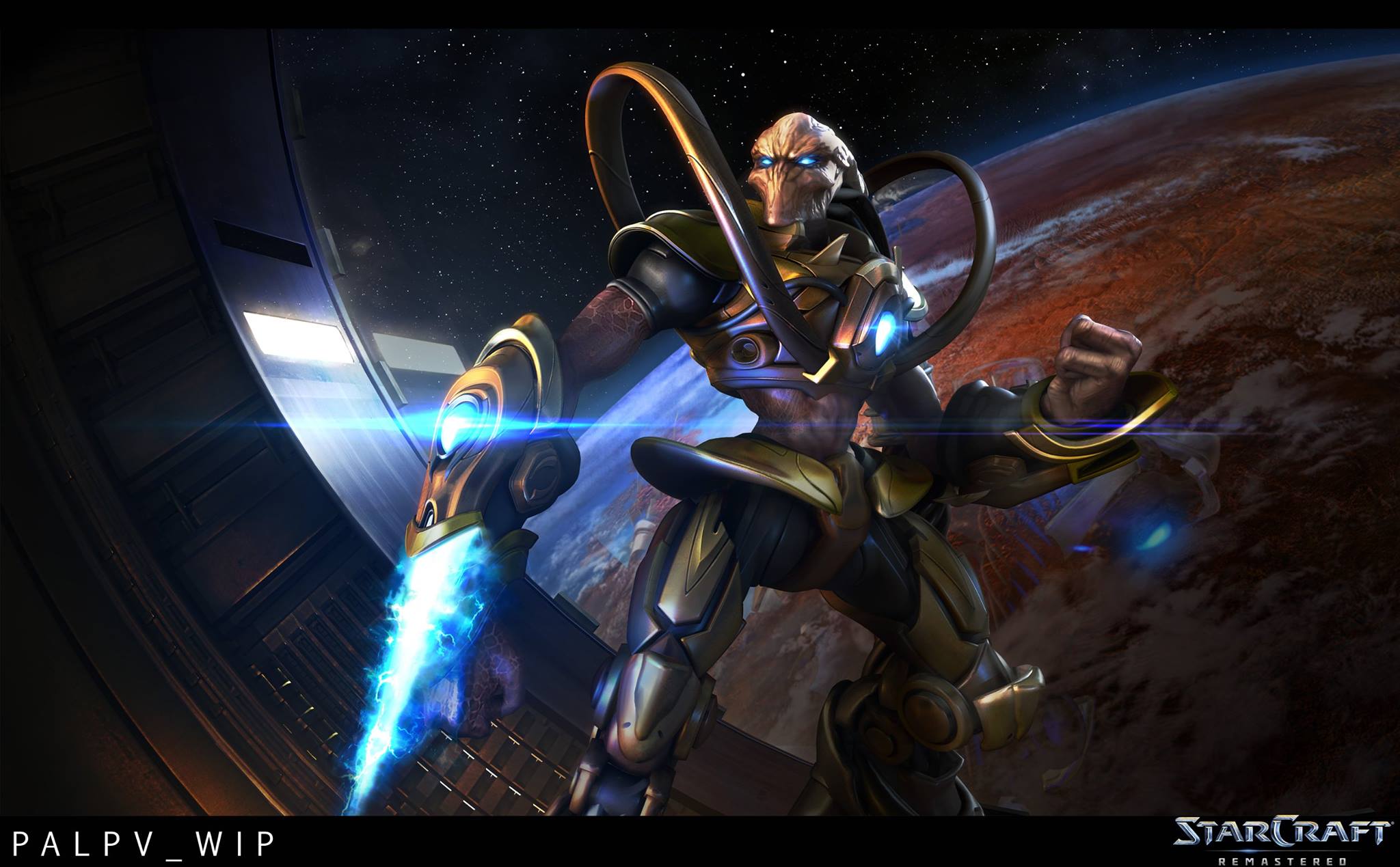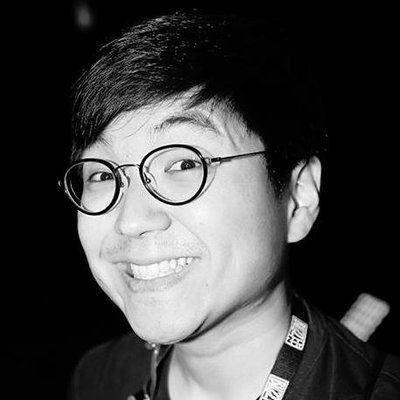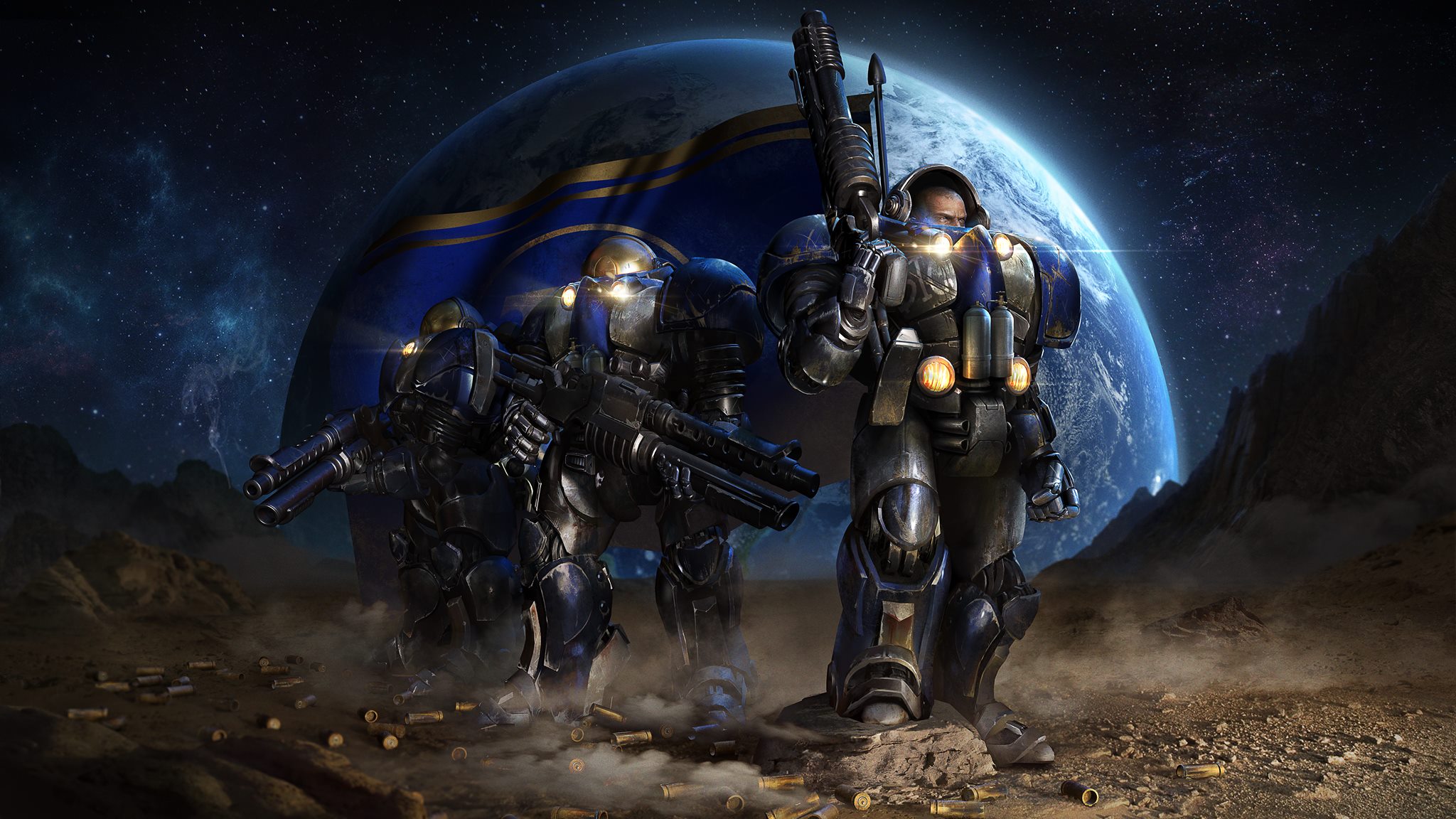StarCraft: Remastered interview: 'Doing this right is keeping the core community happy'
How Blizzard hopes to attract new Brood War players without smoothing over its edges.


Kwanghee “Waxangel” Woo has covered professional StarCraft since 2002. He used to record professional matches from Korea on videotape and upload them for the international community before this ‘streaming’ thing ever took off.
Photo by Kim Yong Woo.
Last March, when Blizzard CEO Mike Morhaime announced the studio would remaster the nineteen-year-old StarCraft, it came with an unusual list of features. The updates were to be largely cosmetic, while the core design to be kept largely intact. StarCraft: Remastered (SC:R) was closer to a historical preservation project than a modernization effort.
A few days ago, I had a chance to preview StarCraft: Remastered. I also spoke with senior producer Pete Stilwell and lead designer Matt Morris from Blizzard’s Classic Games team ahead of the remaster’s August 14th release date. When I asked about their dedication to preserving the feel of the original StarCraft: Brood War, they doubled down on how it's their foremost priority.
“The first goal is to make sure the existing community loves and still identities this as Brood War and the game they want to continue to play,” Stilwell said. “If [concurrent players] basically is identical to what it was, as far as player population goes, that to me says: we at minimum did the remaster right.”
A few months ago, the 1.18 patch was released for the original StarCraft, making it completely free to play while laying the technical foundations for StarCraft: Remastered. It brought in a wave of returning veterans and curious newcomers, and provided some insight.
“I think we’ve had a turnover rate of people coming through, looking around and kind of tickling that funny bone and heading back off,” Stilwell said. “Which again, I think reinforces [that we are] getting it right for the core community that we know is still gonna be here in a year.”
“[Non-hardcore players] are definitely a factor,” he continued. “But they tend to be like, more on the stretch goals side of things ... Doing this right is keeping the core community happy. And doing this even better would be [attracting] new players.”
We got the feedback that the fastest way to turn this community off ... is if you change the game itself. I don’t think that idea ever had legs.
As a hardcore fan of the original StarCraft, I had often thought the clunky, ancient interface that made Brood War appealing to its loyal fanbase was also what made it daunting for new players. I asked why Blizzard was so dedicated to keeping that aspect of the game.
The biggest gaming news, reviews and hardware deals
Keep up to date with the most important stories and the best deals, as picked by the PC Gamer team.
Stilwell told me why ‘modernization’ (which ended up being our codeword for ‘dumbing down’) of the game was quickly shot down: “Even if there was an inkling of that originally, as soon as we really talked to people [we] got the feedback that the fastest way to turn this community off and guarantee that [they] stay with some older version of the game is if you change the game itself. I don’t think that idea ever had legs.”
Stilwell explained that feedback from the existing StarCraft: Brood War community was what decided the direction of StarCraft: Remastered. They paid particular attention to the Korean community, which has been largely responsible for keeping Brood War popular as a game and esport for over nineteen years.
“In our office in Korea, we have a few former pros, like Ki-Bong Kook 'TheBoy' and a few others. And a number that have done really well on Fish [a private server for competitive games], A and B ranked players, a really solid representation of the community ... we kind of had this natural spider-webbing out from the folks that we know and trust in our Blizzard office to bring in community contacts.”

While StarCraft: Remastered refuses to compromise on Brood War’s notorious difficulty, it offers a number of important modern improvements. Automated matchmaking, a revamped ladder/ranking system, and an improved chatting interface give Remastered many of the conveniences contemporary gamers have come to expect. Stilwell and Morris hope these improvements will give new players a reason to stick around.
“There’s probably a huge portion of new gamers that play the game that hear about StarCraft, hear the stories about esports, but they’ve never really played it,” said Morris, who was a member of the original StarCraft team and joined the Remastered team midway. “It’s probably a game that they look at as, ‘Eh, just not gonna go step back there.’ But this is an opportunity now, because it has the modernizations that we put into it, that hopefully it appeals [to newcomers].”
While there was no question that faithfulness to Brood War was the guiding principle behind StarCraft: Remastered up to this point, the two developers cautiously suggested that the community could push for change after release.
Morris mentioned how the community had become more receptive to the idea of change after the announcement of StarCraft: Remastered: “I can see how anybody would want to say, 'Well, maybe you could go just a little bit further’ and they’re just wanting to see how far we can turn these knobs. Things like [adding] hotkeys and stuff like that. That’s something ... we didn’t have it before, that were really allergic to the idea.
“I think there’s probably some room, as we move forward, to start exploring some of these other ideas, and really just hearing from the community as to what they want. They’re so talented at the game, more so than us. We’ve only spent 18 months trying to refamiliarize ourselves with the game, so we’ll let them take the lead on that, as to say the things that they want to see.”
We’re not going to just fade to black. There’s a dedicated team around this and we already have plans for beyond the release. We have ideas.
Stilwell stressed the ongoing nature of StarCraft: Remastered. “Yeah, we’re not going to just fade to black. There’s a dedicated team around this, we already have plans for beyond the release. We have ideas. We’re gonna spend some time, like we did with 1.18, slowing down and really listening and making sure things are right, before we move on to anything else ... We could explore other game modes in seasons ... I think that’s where we could have some exciting times, just kind of iterating through some things, and having some fun on top of the seriousness of a competitive esports pro-scene. That could be engaging, especially for folks that are playing more modern RTS games and are expecting different things.”
Asked for any final comments, Morris evoked a sense of nostalgia. “StarCraft 1 was one of the games I probably sunk the most hours into as a kid. So coming back, and just as I play, I’m always running into a moment where my memories are kinda coming back. I’m like, ‘Oh there was that time I was hanging out with my friend, and we were doing a comp-stomp or something.’ So it’s really tickling these old memories and I can’t wait to see that type of feedback. That’s what I’m really looking forward to.”
“I mean, just keep cheering for us, and we’ll try to show you a good game,” said Stilwell.

